Tomography slides for Jörg
Marek Gluza
NTU Singapore
slides.com/marekgluza

Gaussian quantum simulators
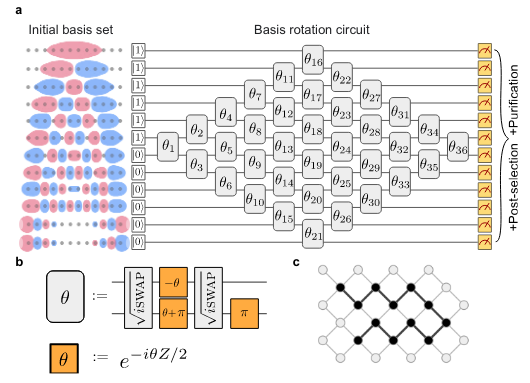
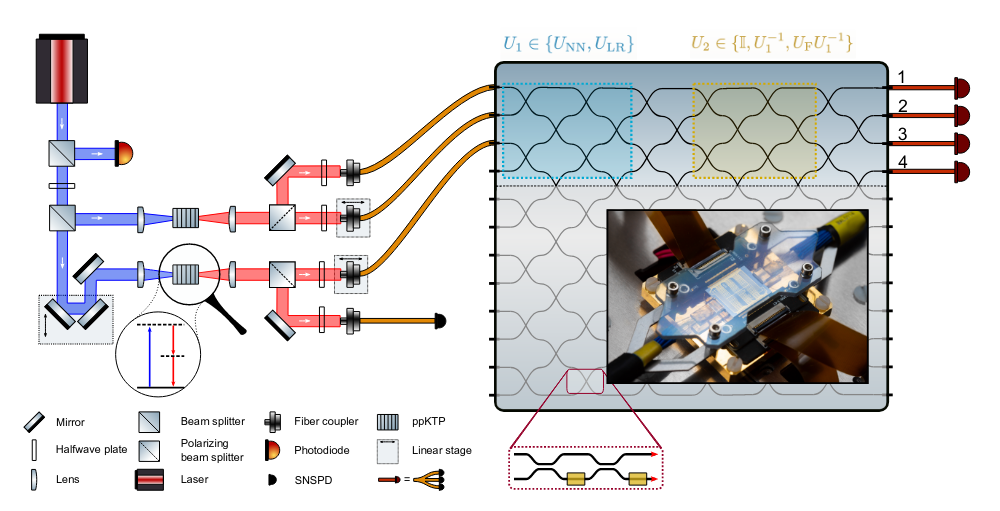
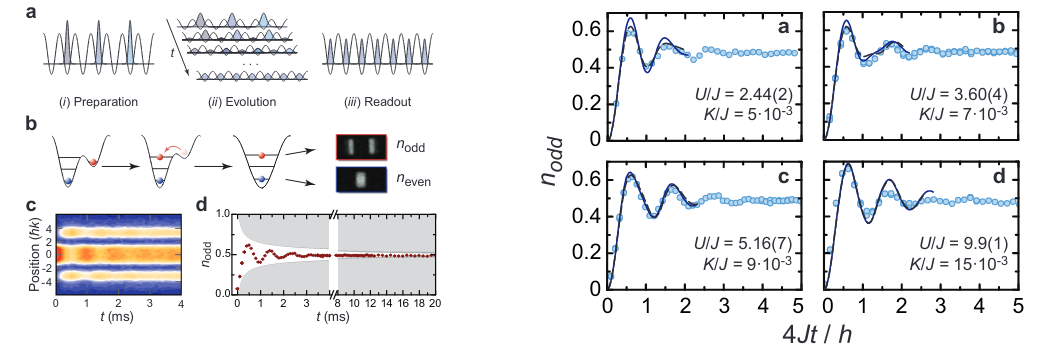










How?




Ultra-cold 1d gases





Inside: atoms
Outside: wavepackets
hydrodynamics



Energy of phonons




Tomonaga-Luttinger liquid


Interferometry measures velocities

van Nieuwkerk, Schmiedmayer, Essler, arXiv:1806.02626
Schumm, Schmiedmayer, Kruger, et al., arXiv:quant-ph/0507047
Quantum field refrigerators in the TLL model:
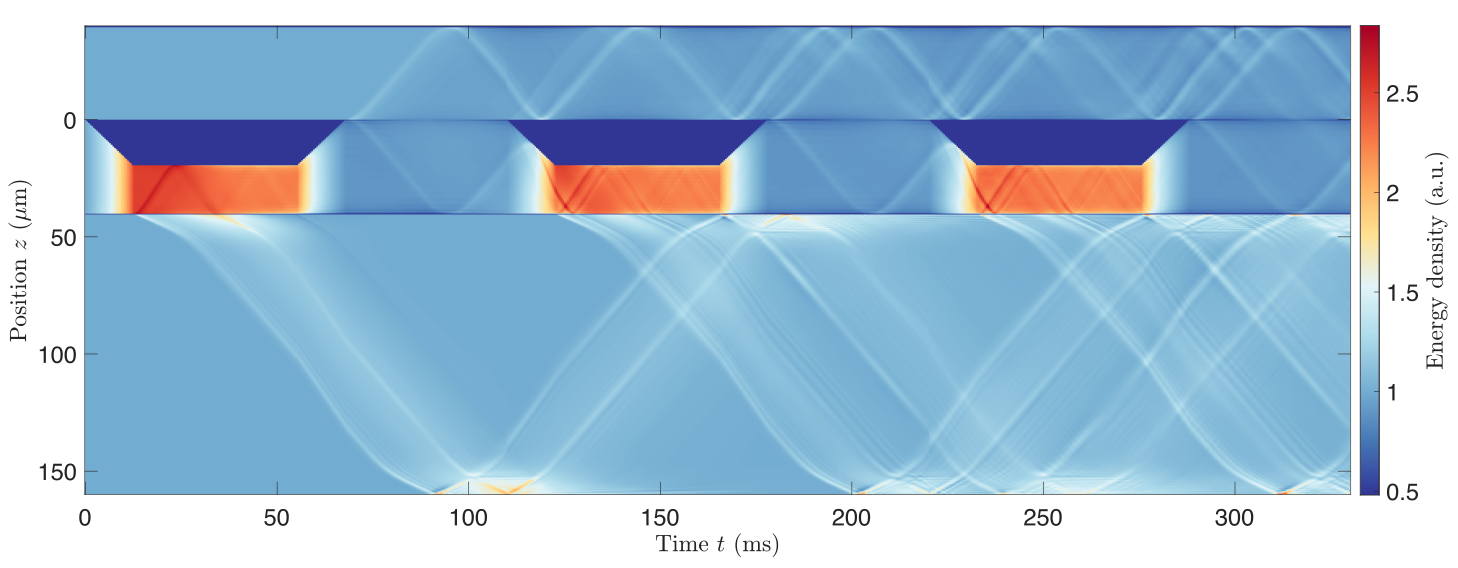
System
Piston
Bath
Bath with excitations
System cooled down
Breaking of the Huygens-Fresnel principle
in the inhomogenous TLL model:
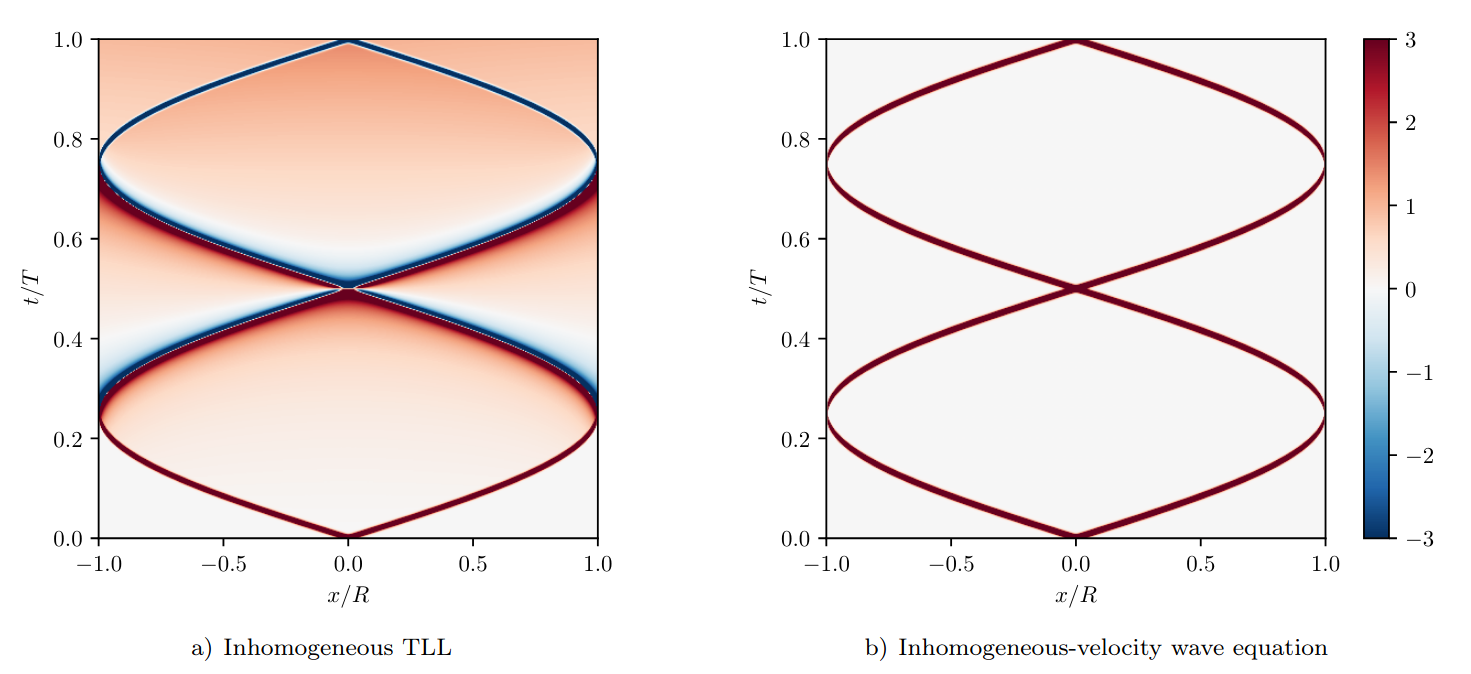

Why?
Why develop continuous field
quantum simulators?
- Representation theory: Quantum information?
- Continuum limits: BQP and QMA or more?
- Are nanowires computationally hard to simulate?
What do we know is difficult?



SM
Fundamental
Universal
Effective


Why develop continuous field
quantum simulators?
- Representation theory: Quantum information?
- Continuum limits: BQP and QMA or more?
- Are nanowires computationally hard to simulate?
What do we know is difficult?



SM
Fundamental
Universal
Effective

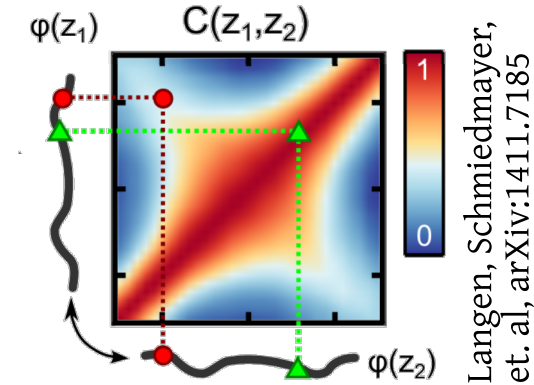
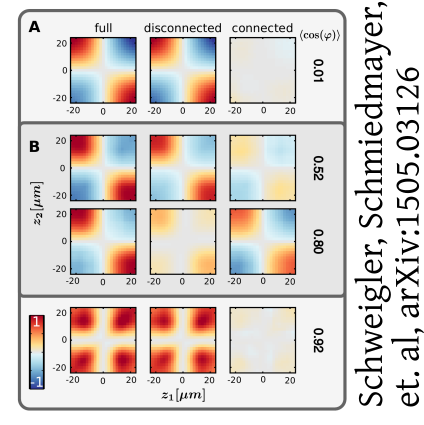
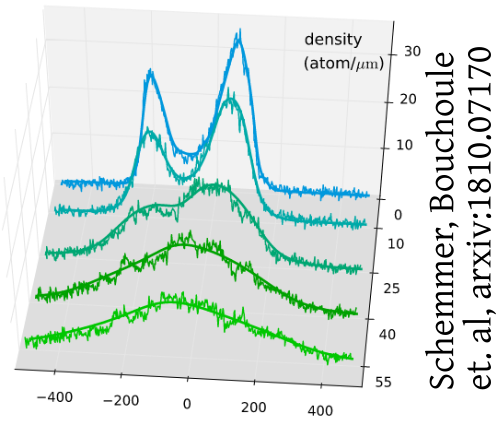
Non-thermal
steady states
Sine-Gordon
thermal states
Atomtronics
Generalized hydrodynamics
Recurrences
Some highlights:
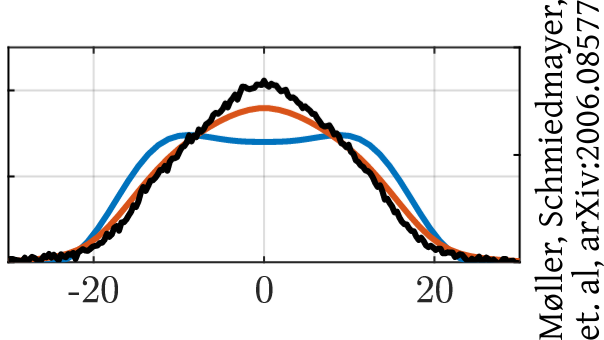
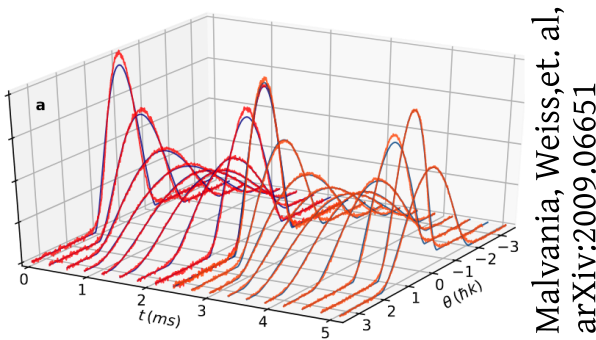
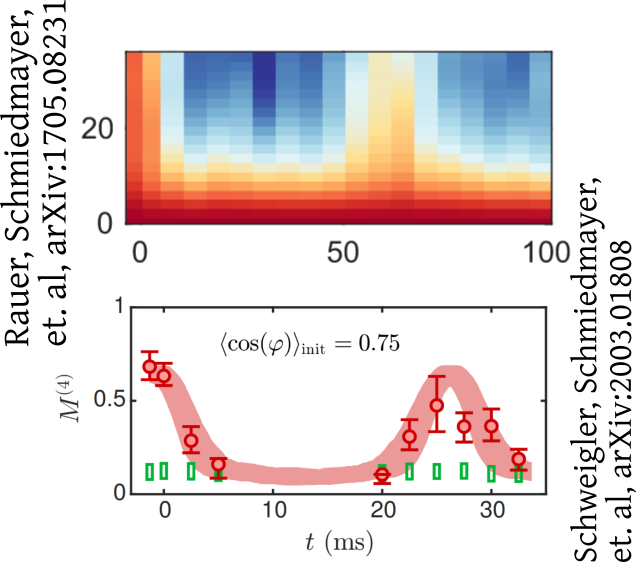
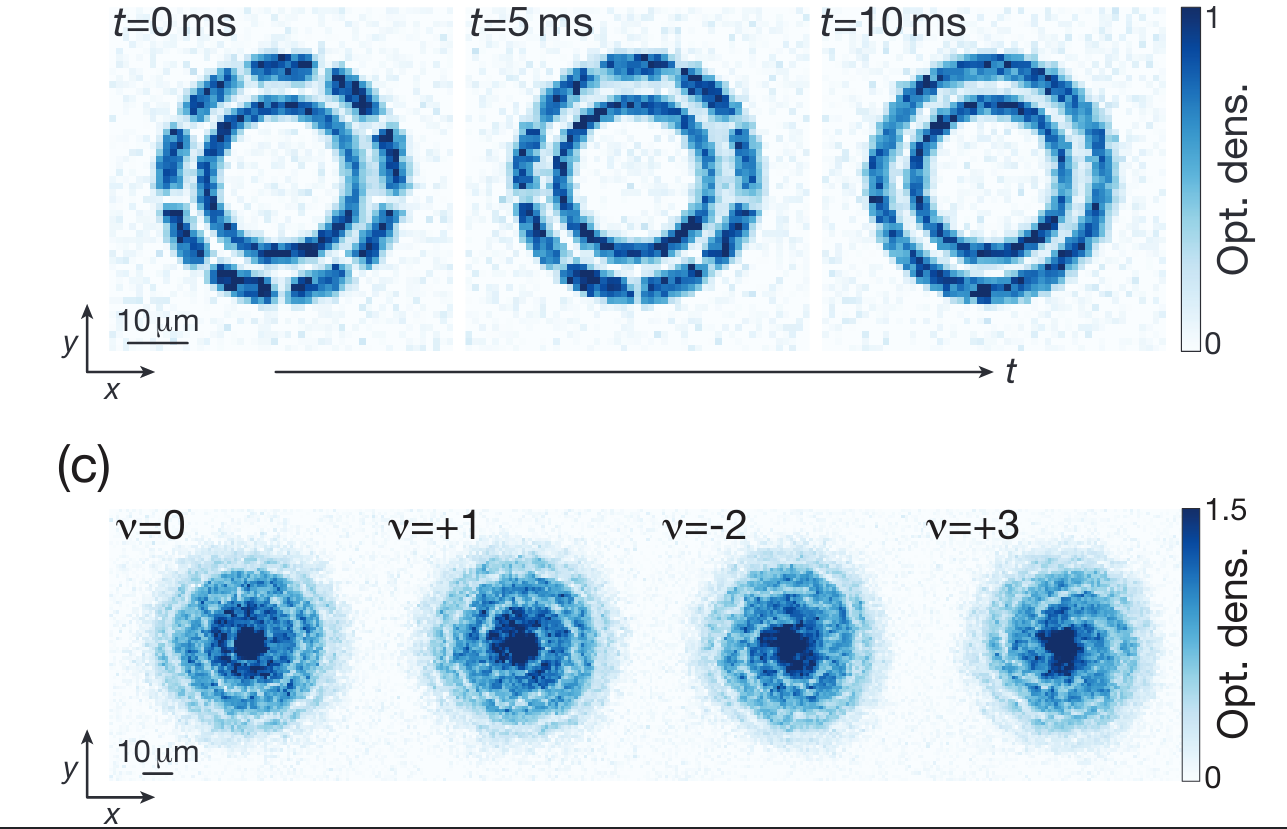

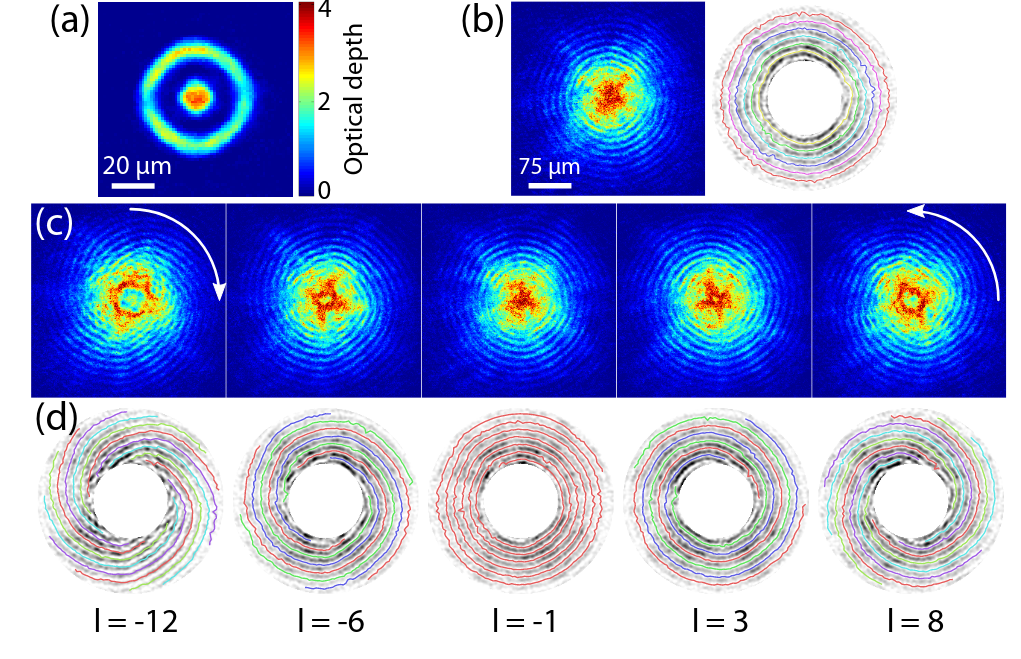
Interferometry measures velocities

van Nieuwkerk, Schmiedmayer, Essler, arXiv:1806.02626
Schumm, Schmiedmayer, Kruger, et al., arXiv:quant-ph/0507047
Tomography

Tomography for phonons

Tomography for phonons

What are eigenmodes?
Transmutation

Tomography
(This formalism: Tomography for many modes)

Tomography Klein-Gordon thermal state after quench
Extracting physical properties
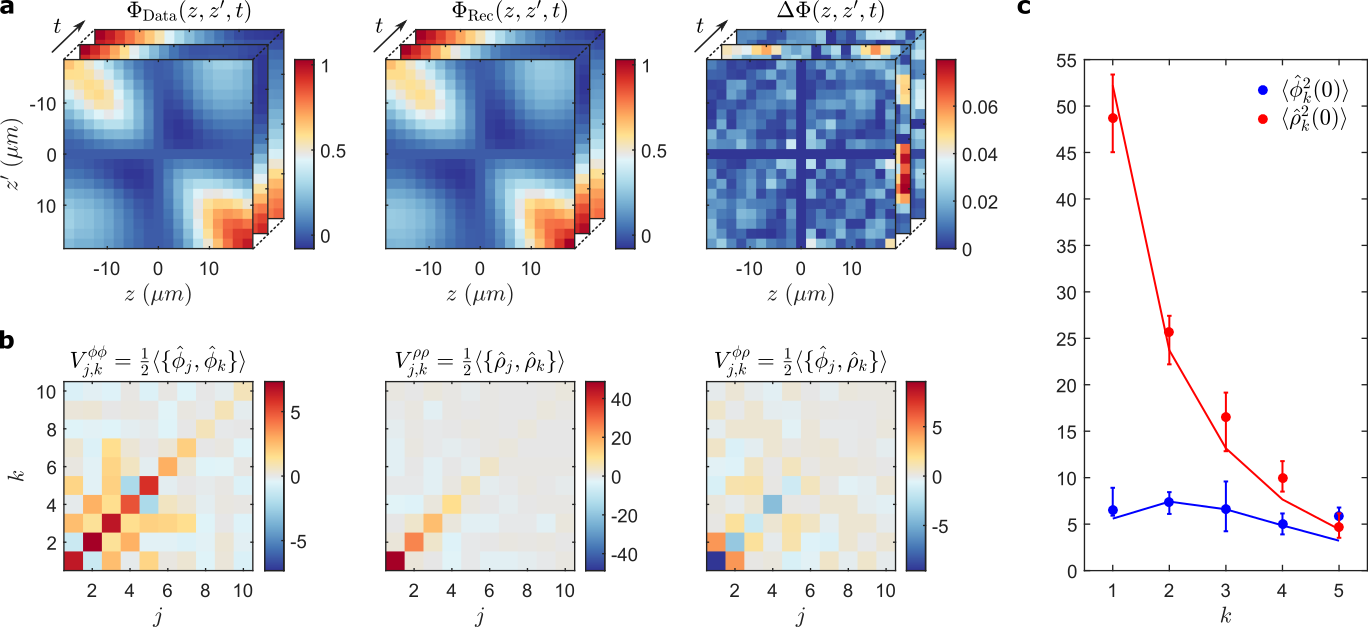
Extracting physical properties
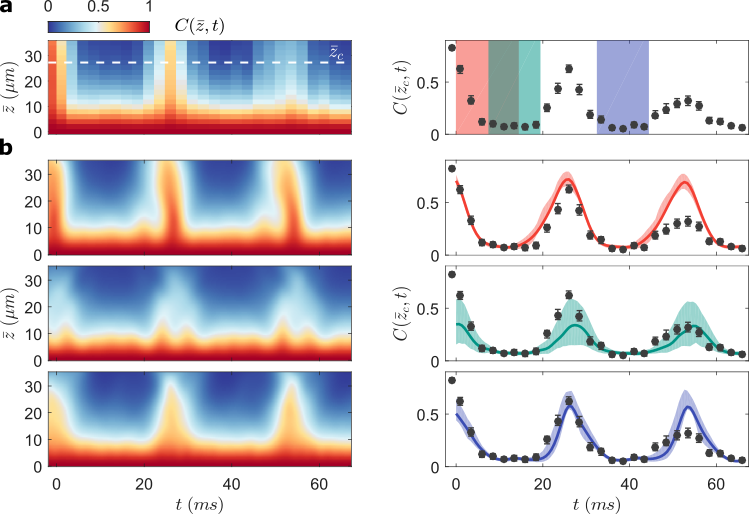
Extracting physical properties
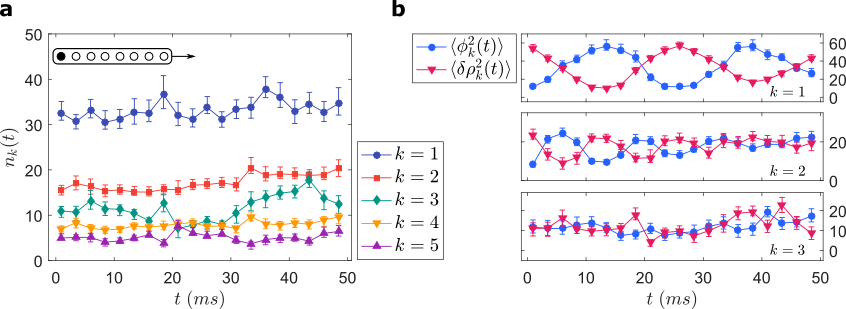
Tomography for optical lattices
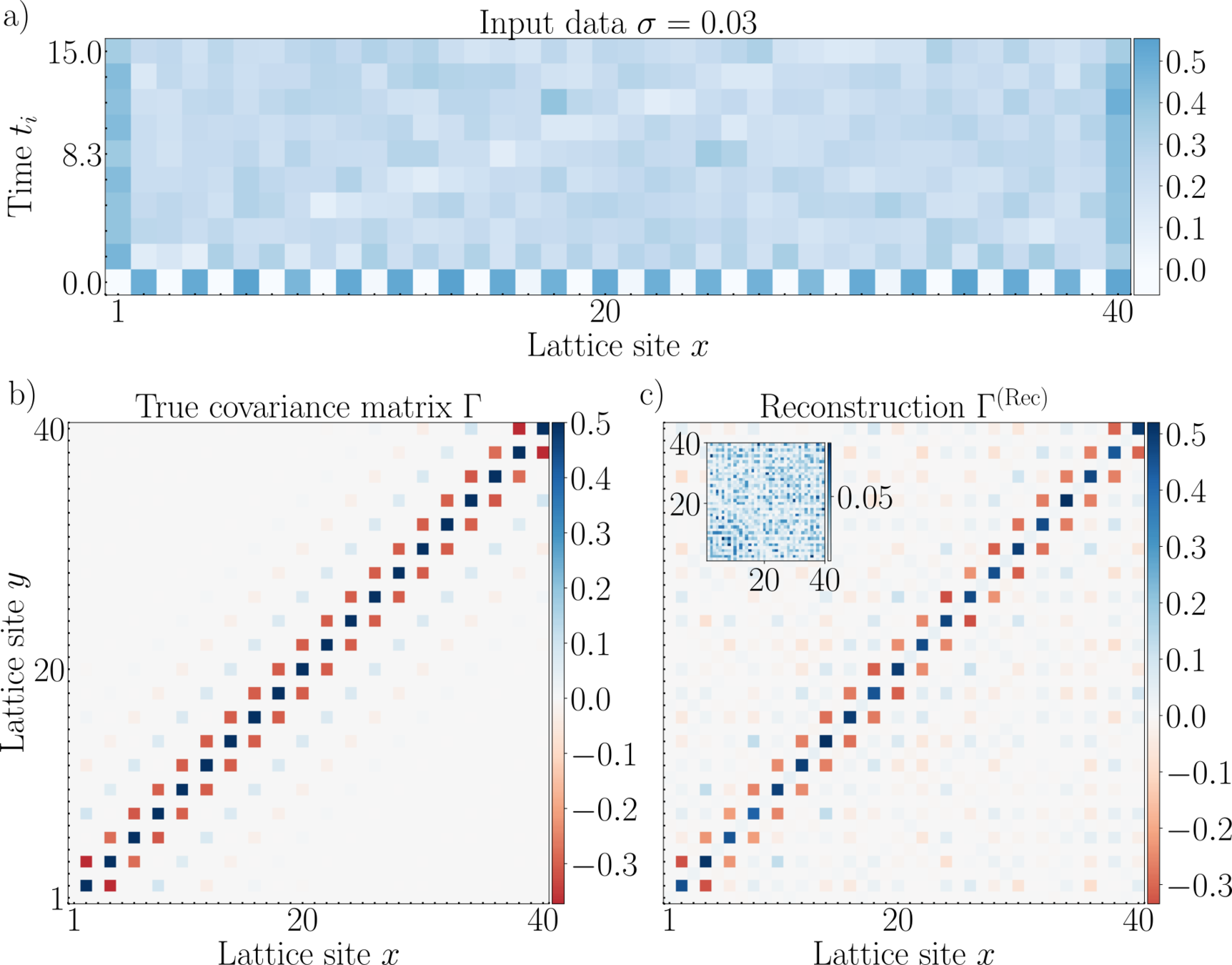
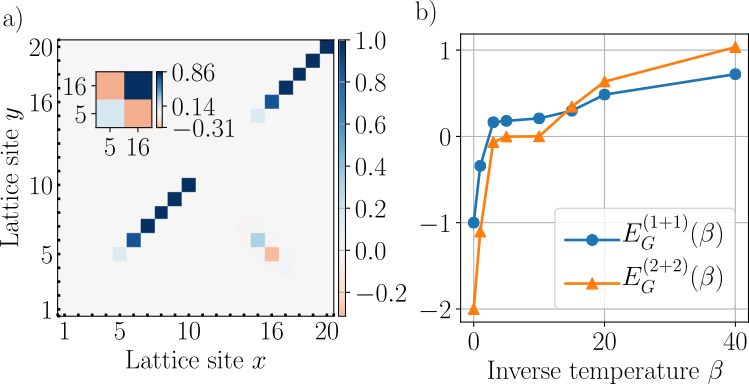






What about quantum correlations?

Tomography Klein-Gordon thermal state after quench


Data by M. Tajik, J. Schmiedmayer
Towards entanglement
Issue #1: Gibbs phenomenon


10 eigen-modes:
20 eigen-modes:
Issue #2: Zero mode missing in tomography
Towards entanglement
Role of the zero mode in entanglement
Squeezing criterion needs:

Not available in tomography
What?
What about correlations?

Velocity correlations:

Velocity correlations

Anti-correlation:
Left moves opposite to right

And with anti-correlation:




New data by M. Tajik, J. Schmiedmayer
Time step: 1ms
Simplicity arising from a quench:


Data by M. Tajik, J. Schmiedmayer
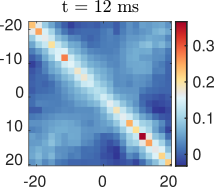
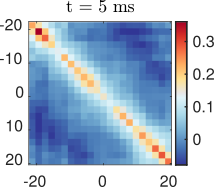


Mechanisms for the emergence of Gaussian correlations
Marek Gluza
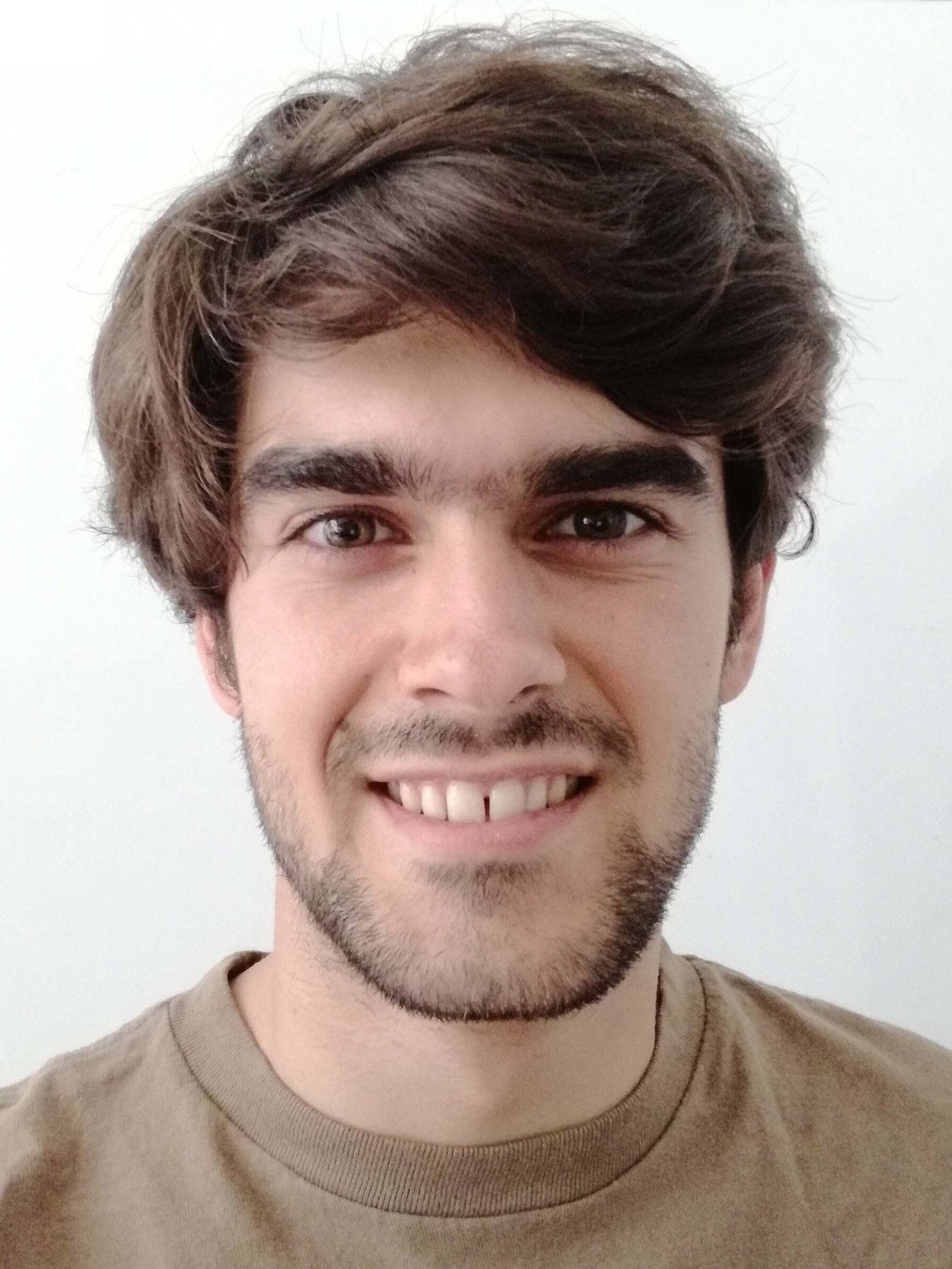


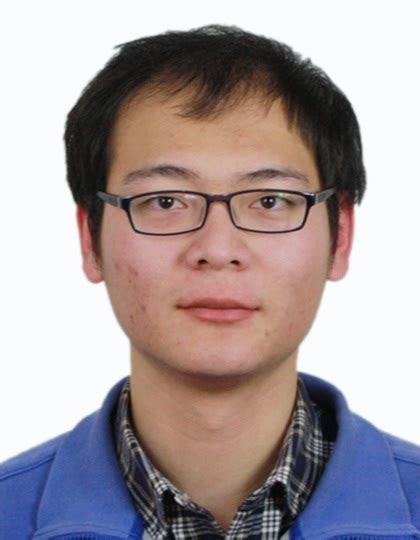


presenting based on collaboration with


T. Schweigler, M. Tajik, J. Sabino, F. Cataldini, S-C. Ji, F. Moller, B. Rauer, J. Schmiedmayer, J. Eisert, S. Sotiriadis






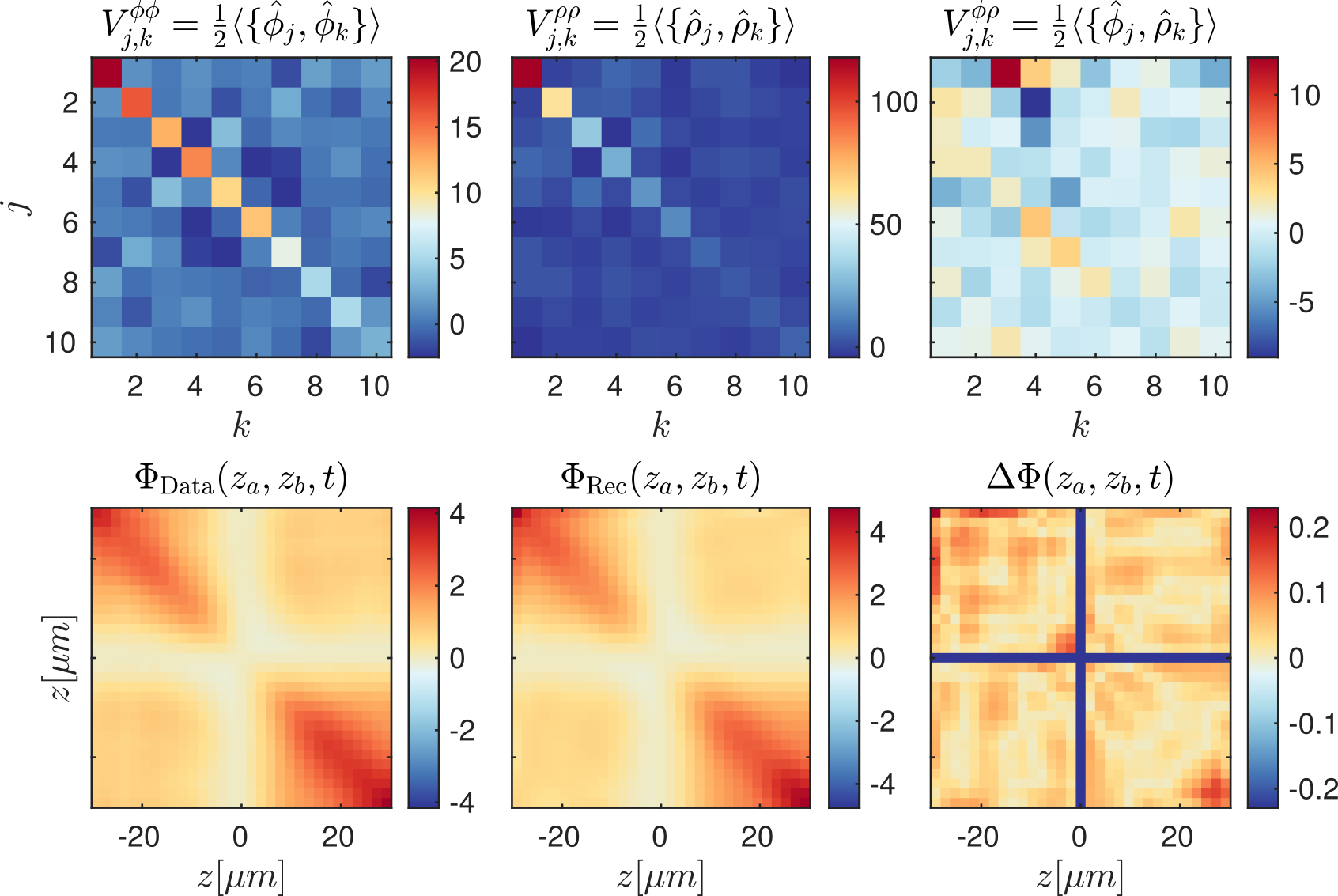
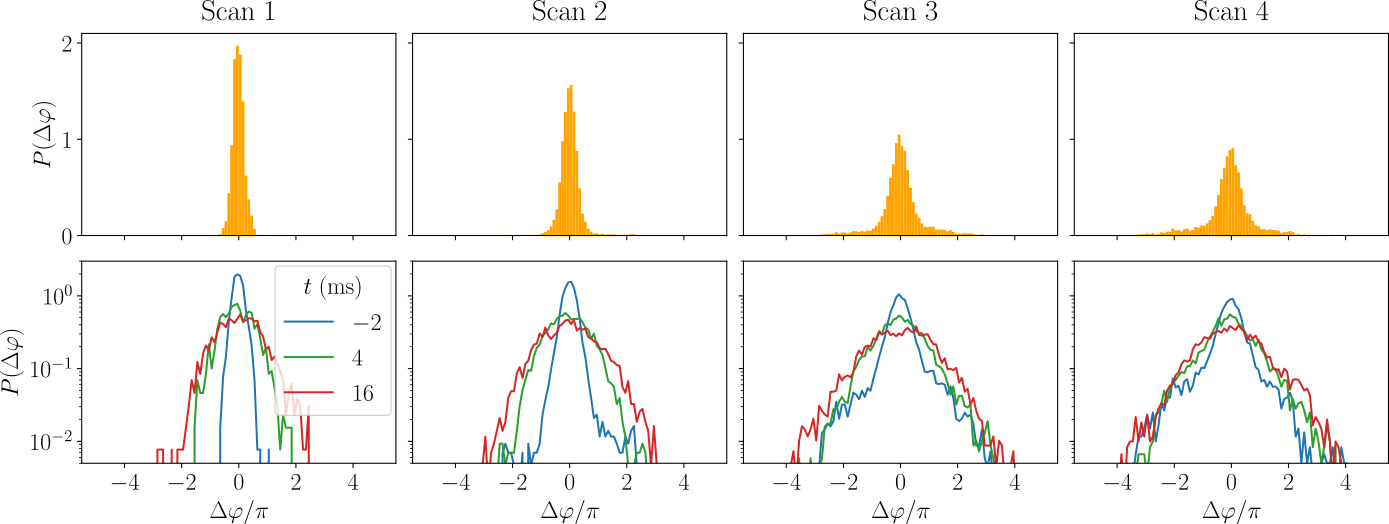
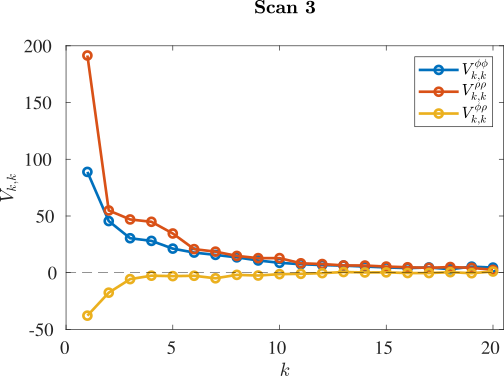





NTU Singapore





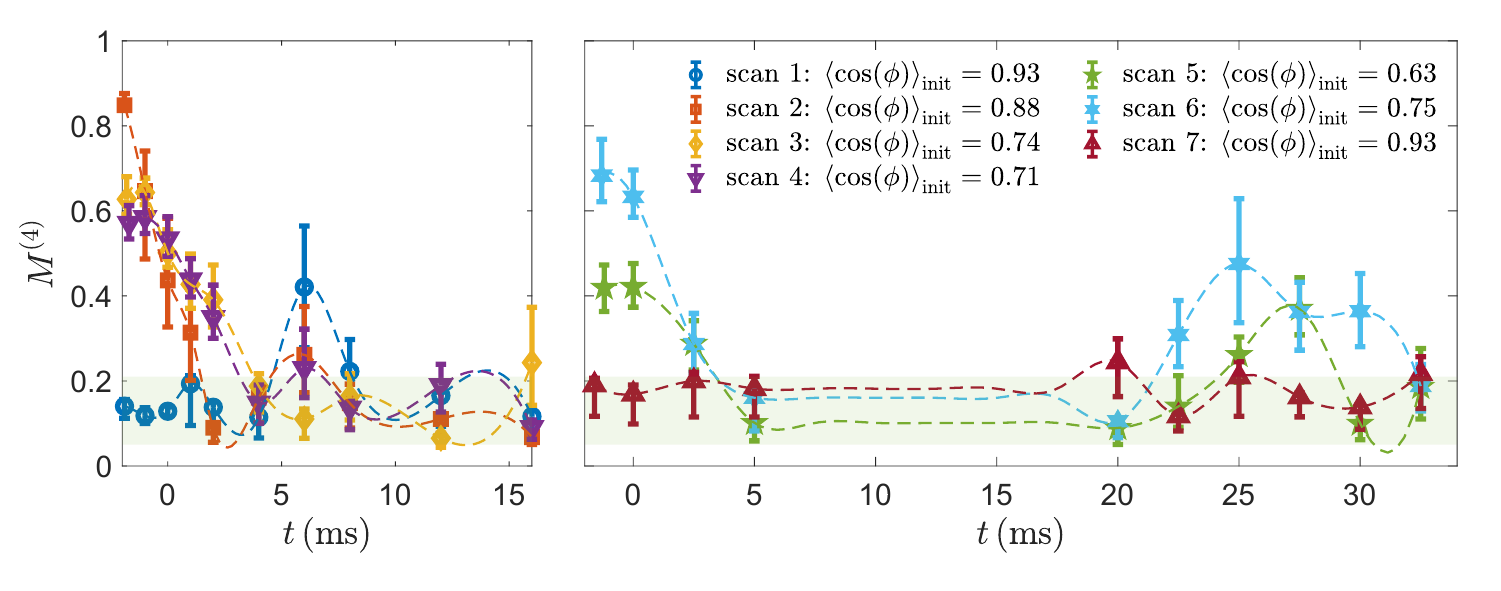
Initial non-Gaussianity decays
Why does it decay?
The system is isolated

Initial non-Gaussianity decays
Why does it revive?
The system is isolated
Then it revives














Phase fluctuations
Phase derivative correlations
increase with distance
decay but sizeable




Effective light cone
not dispersive




Tomonaga-Luttinger liquid
Inhomogeneous

Breaking of Huygens-Fresnel principle in inhomogeneous Tomonaga-Luttinger liquids


Huygens-Fresnel principle
Tomonaga-Luttinger liquid




Tomonaga-Luttinger liquid
Cold atoms as
an inhomogeneous

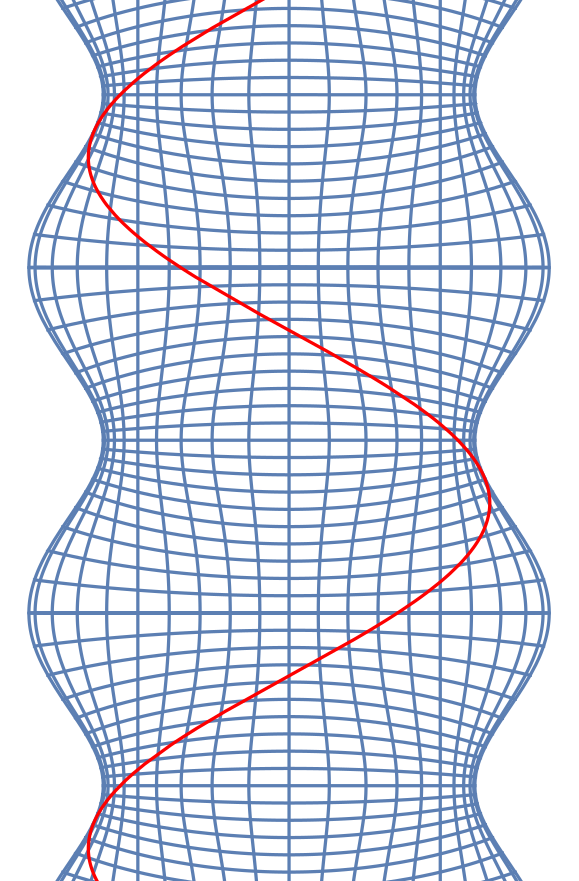
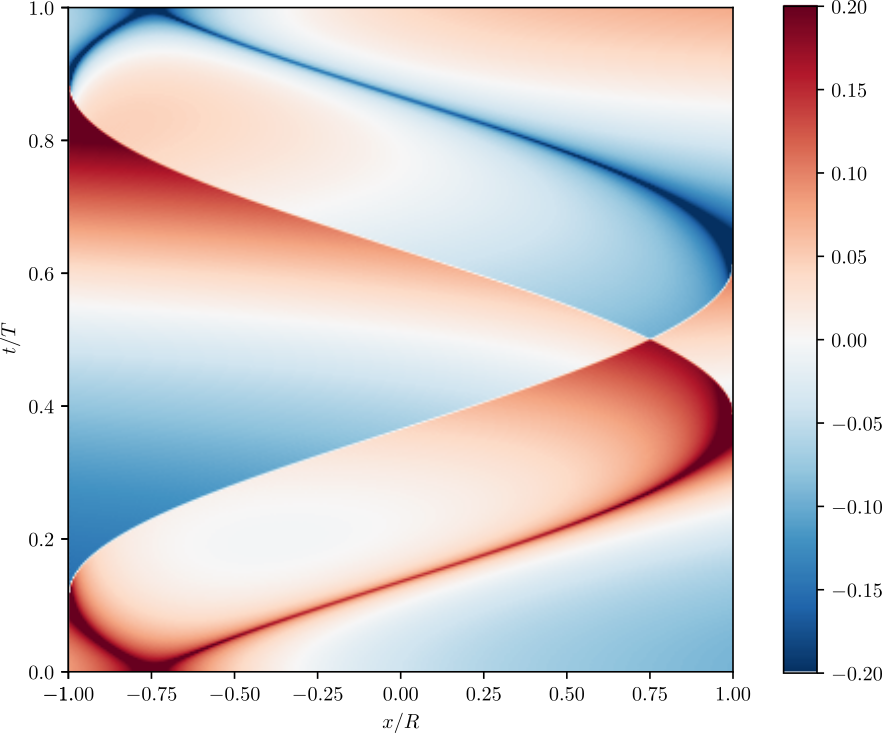
Huygens-Fresnel principle
Huygens-Fresnel principle broken
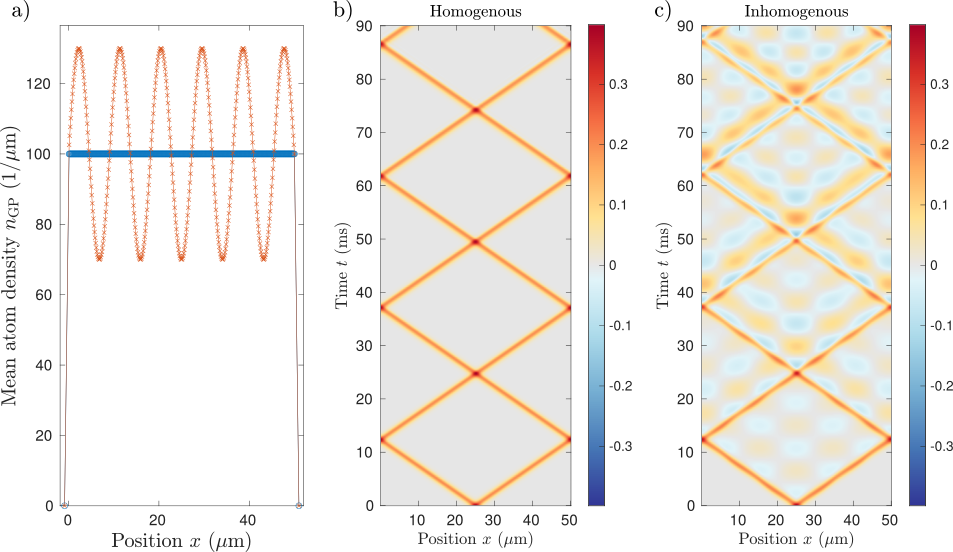






The factor 2 is the source of leakage into the light-cone
Breaking of Huygens-Fresnel principle in inhomogeneous Tomonaga-Luttinger liquids
Marek Gluza

Spyros Sotiriadis

Per Moosavi




NTU Singapore
Tomography overview
By Marek Gluza
Tomography overview
- 610



